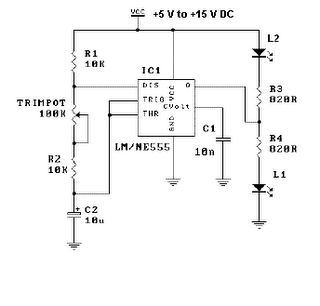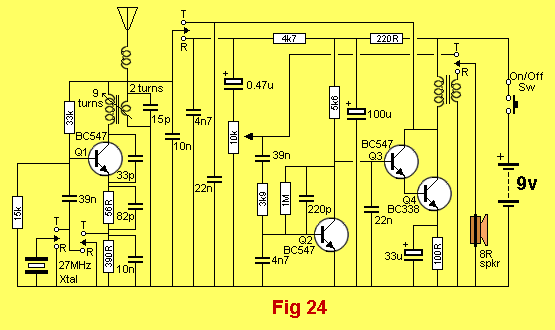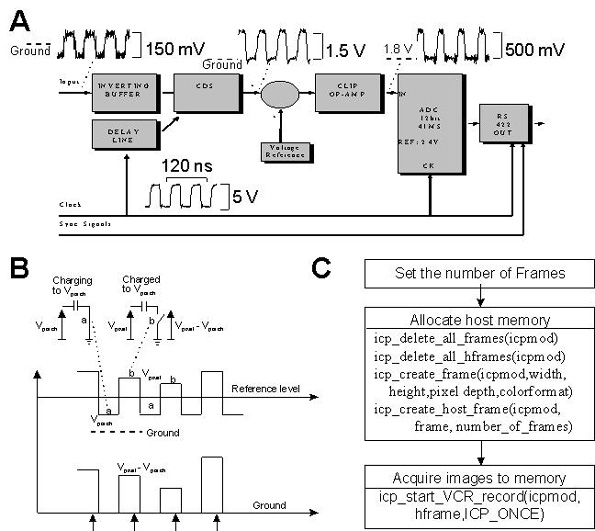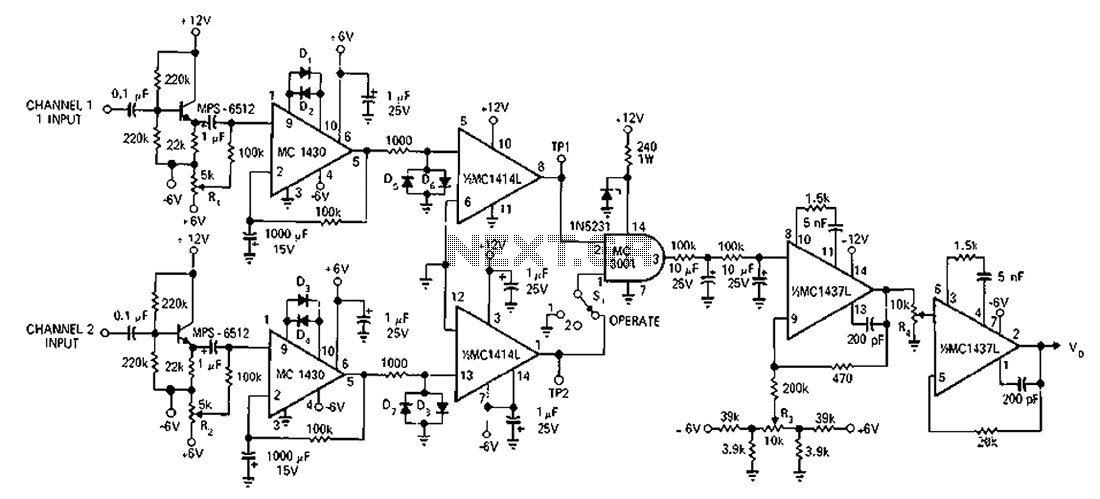
Vhf-Uhf Preamp Circuit

The MAR-x preamplifier is designed to operate within a frequency range of up to 1.5 or 2 GHz, depending on the selected MAR-x integrated circuit (IC). For applications requiring a low noise figure, ATTN1 should be omitted. Both ATTN1 and ATTN2 serve as mechanisms to limit the potential termination range, thereby reducing the likelihood of device instability.
The MAR-x preamplifier circuit is an essential component in high-frequency applications, particularly in communication systems where signal integrity is paramount. The choice of the MAR-x IC dictates the operational frequency range, with options available to maximize performance at either 1.5 GHz or 2 GHz.
In configurations where low noise performance is critical, the removal of ATTN1 is recommended. This adjustment minimizes additional noise contributions that can arise from attenuation stages, thus enhancing the overall noise figure of the preamplifier.
ATTN1 and ATTN2 are designed to offer flexibility in signal attenuation, allowing for precise control over the input signal levels. By limiting the termination range, these components help stabilize the circuit, preventing oscillations and ensuring reliable operation under various conditions. The careful selection and implementation of these attenuation stages are crucial in maintaining device stability, particularly in sensitive applications where signal fidelity is essential.
Overall, the MAR-x preamp circuit exemplifies the balance between performance and stability in high-frequency electronic designs, making it a valuable asset in modern RF and microwave engineering. The MAR-x preamp shown will cover up to 1.5 or 2 GHz with the correct MAR-x IC. ATTN1 should be omitted for low noise-figure.appli cations. ATTN1 and ATTN2 provide a means of limiting possible termination range, for less chance of device instability.
The MAR-x preamplifier circuit is an essential component in high-frequency applications, particularly in communication systems where signal integrity is paramount. The choice of the MAR-x IC dictates the operational frequency range, with options available to maximize performance at either 1.5 GHz or 2 GHz.
In configurations where low noise performance is critical, the removal of ATTN1 is recommended. This adjustment minimizes additional noise contributions that can arise from attenuation stages, thus enhancing the overall noise figure of the preamplifier.
ATTN1 and ATTN2 are designed to offer flexibility in signal attenuation, allowing for precise control over the input signal levels. By limiting the termination range, these components help stabilize the circuit, preventing oscillations and ensuring reliable operation under various conditions. The careful selection and implementation of these attenuation stages are crucial in maintaining device stability, particularly in sensitive applications where signal fidelity is essential.
Overall, the MAR-x preamp circuit exemplifies the balance between performance and stability in high-frequency electronic designs, making it a valuable asset in modern RF and microwave engineering. The MAR-x preamp shown will cover up to 1.5 or 2 GHz with the correct MAR-x IC. ATTN1 should be omitted for low noise-figure.appli cations. ATTN1 and ATTN2 provide a means of limiting possible termination range, for less chance of device instability.





